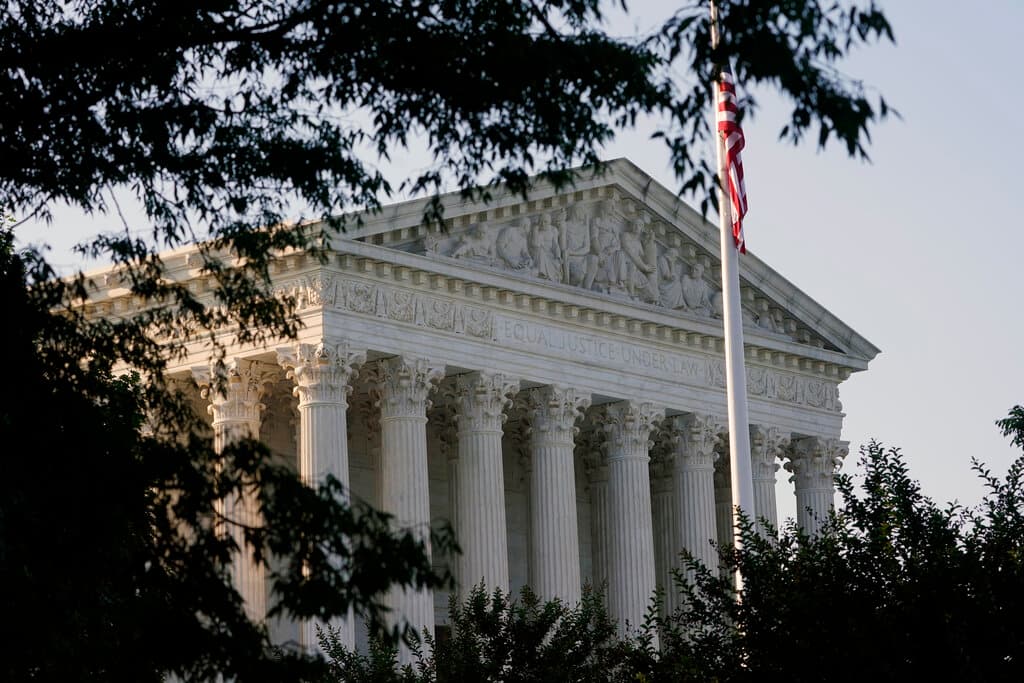The Modest Court
The justices are not seizing power but restoring it to the legislators and voters.

That the Supreme Court of the United States is in the midst of seizing power is the latest take from the New York Times. Its star columnist, Jamelle Bouie, writes on the “judicial power grab of the past several years, in which courts across the federal judiciary have seized key governing decisions from the legislative and executive branches.” He seems to be suggesting that we’re watching something like a slow-motion coup.
Please check your email.
A verification code has been sent to
Didn't get a code? Click to resend.
To continue reading, please select:
Enter your email to read for FREE
Get 1 FREE article
Join the Sun for a PENNY A DAY
$0.01/day for 60 days
Cancel anytime
100% ad free experience
Unlimited article and commenting access
Full annual dues ($120) billed after 60 days

